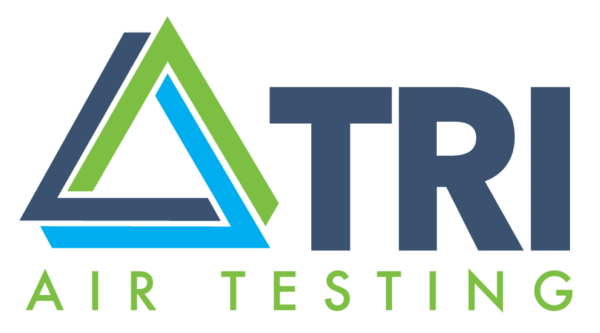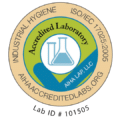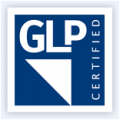SQF EDITION 9.0
Current Updates for
AMBIENT AIR
The Original Compressed Air Testing Laboratory
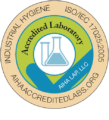
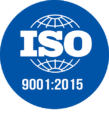
![]()
SQF Edition 9.0 Updates Regarding High Risk Areas
The SQF Edition 9.0 Update requires Annual Testing for AMBIENT AIR in facilities conducting high risk processes in food safety. This includes airborne contaminants, microorganisms, and pathogenic bacteria involving raw and ready to eat foods, kiln steps, and controlled conditions. Whether your food manufacturing facility is classified as a high-risk areas is to be determined by the certification body and auditors.
![]()
FOOD/BEVERAGE
Areas of Impact for SQF Edition 9.0 Updates
Drains • Doorways and other openings • Sanitation tunnels • Compressed air supplies • During cleaning and washing operations • Packaging • Poorly designed/maintained air handling systems • Roof leaks • Besides that, various processing operations such as dicing, chopping, mixing, etc., generate aerosols, increasing the risk of contamination.
Ambient air is atmospheric air within an enclosed food facility. The SQF requirement 11.7.1.2 is for annual air testing in high-risk processing areas, i.e., rooms or areas where food is subject to physical or microbiological contamination or growth.
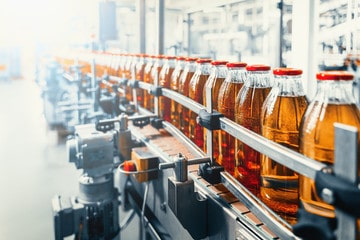
Bacteria Testing
If your F&B manufacturing facility classifies as high-risk for food and beverage packaging, the SQF Edition 9.0 updates require testing for bacteria, mold, and yeast. If you have questions regarding your requirements, or need to speak to our trained support personnel, fill out the order form below or call us at 512-263-0498.
Compressed Air Testing
We are the original compressed air testing company. Since, 1975, our company has delivered services in compressed air testing by building equipment and effective processes to support our client’s needs with SQF compliance in air purity. Order a test kit, fill out the order form below to specify your request, or call us at 512-263-0498 to speak directly to our support team.
SUPPORTING FOOD & BEVERAGE MANUFACTURERS AND SAFETY PRACTITIONERS:
Whether you’re looking to support your in-house SQF Practitioner or you need turnkey support in this area, our team is able to offer simple and complete solutions:
- Stay informed with quarterly and annual reminders for testing and additional SQF changes for your industry surrounding ISO-8573 Classifications in Air Purity
- Order test kits and/or necessary equipment
- Our employed technicians are available for on-site testing
FAQ
What are the updates to SQF Edition 9.0 that I need to know?
The main air purity updates for risk assessment in the F&B industry affect Food Manufacturing 11.7.1.2, Pet Food Manufacturing 4.7.1.2, Animal Product Manufacturing 9.7.1.2, and Dietary Supplements 17.7.1.2. Our support team can be reached at 512-263-0498 to answer specific questions or you can find more specific information here.
What do I need to do to remain compliant with the updates to SQF Edition 9.0?
First and foremost is to come to the determination whether your Food Manufacturing facility is classified as a high-risk food processing facility. The updates to air purity testing may require additional testing to remain compliant. Our support team can be reached at 512-263-0498 to guide you through new testing requirements and set you up for updates to any additional changes regarding SQF air quality standards.
Why are these SQF Edition 9.0 updates important?
High-risk areas require a higher level of hygienic practice to prevent contamination of exposed food by pathogenic organisms or airborne allergens. These are rooms where food is post-process and may be subject to contamination. (1) air in food products facilities is a vector of contamination, moving from one place to another. Contaminants can be dispersed by aerosols consisting of solid (e.g., dust) or liquid (e.g., condensation water) microscopic particles dispersed in the air. These particles may carry microorganisms (bioaerosols) such as pathogenic bacteria or fungi or even viruses, spores, or allergenic substances.
Contact Us
AIR TESTING ALSO AVAILABLE FOR:
- Pharmaceuticals
- Supplied Air Respirators
- Fire & Emergency Services
- Medical
- Commercial and Recreational Diving
- Commercial and Military Services
- Cannabis
